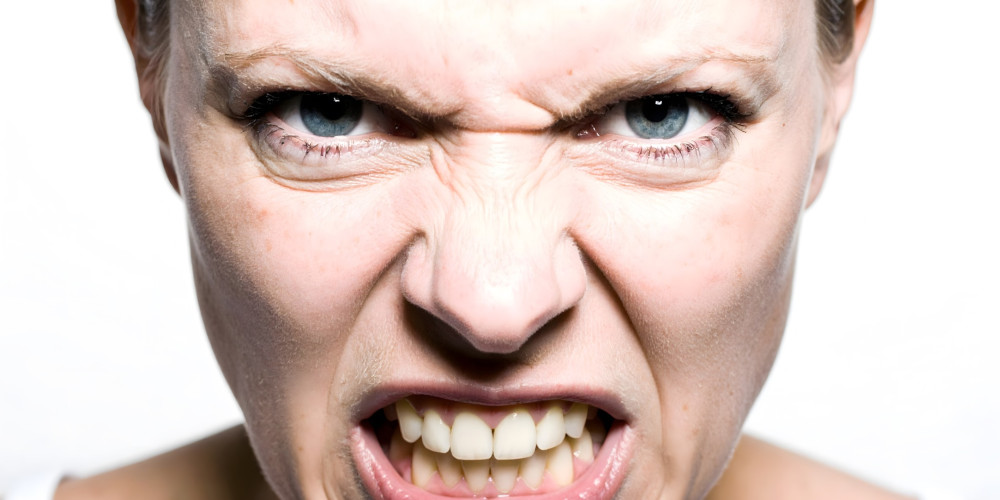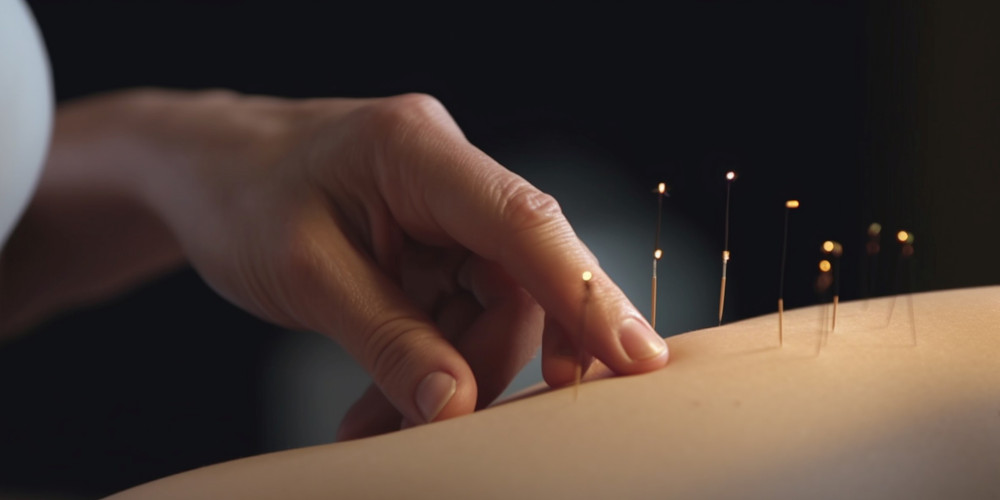The Addict Who Gaslights Themselves
Gaslighting Begins Long Before the First Lie Is Told
Most people view gaslighting as something an addict does to others, a tactical manipulation aimed at avoiding accountability or hiding their use. But the true origin of gaslighting is far more internal. Before the addict ever distorts reality for someone else, they distort it for themselves. They craft explanations, rewrite memories, minimise consequences, alter timelines, and soften the truth until it feels survivable. Gaslighting begins as an inward collapse, not an outward attack.
By the time the addict lies to a loved one, they have already rehearsed the lie within their own mind. They have convinced themselves that the situation is less concerning than it appears, that the consequences can be managed, that the behaviour is justified, that the relapse is temporary, or that the loved one’s fears are exaggerated. These internal distortions become the template for external manipulation. Gaslighting others becomes possible because the addict has already gaslit themselves.
This article explores gaslighting from the angle of internal deception, showing how addiction reshapes the addict’s perception long before it reshapes anyone else’s.
The Foundation of Addiction’s Defence System
Long before the addict denies anything to a partner, a parent, or a friend, they deny it to themselves. Addiction thrives in the gap between what is happening and what the addict is willing to acknowledge. They tell themselves they can stop anytime, even as the consequences pile up. They convince themselves that today’s relapse is temporary and that tomorrow will be different. They reinterpret their own behaviour to protect themselves from shame.
This internal denial is not a conscious lie. It is a psychological survival strategy. The truth is often too painful, too confronting, or too overwhelming to face directly. The addict’s mind begins to edit reality in ways that reduce emotional discomfort. They tell themselves they are functioning well enough. They tell themselves they are in control. They tell themselves that people are overreacting. These internal distortions form a protective shield that shields them from the emotional cost of honesty.
When a family member confronts them, the addict is not only defending their behaviour, they are defending their internal narrative. Gaslighting others becomes a continuation of the gaslighting they have already performed internally.
The Split Between the Addict’s Public and Private Self
Addiction creates a split within the individual. There is the public self, which tries to maintain composure, responsibility, and normality. And then there is the private self, which grapples with compulsion, shame, and emotional instability. The gap between these two selves widens as addiction progresses. When the split becomes too large to manage, self-deception becomes essential.
The addict must constantly adjust their internal narrative to keep these two selves aligned. If they admit the full truth, the public self collapses under the weight of the private self’s chaos. This collapse feels too dangerous, so they construct an emotional narrative that allows both selves to coexist. They convince themselves that the consequences are manageable. They reinterpret events to preserve their image. They minimise their behaviour to avoid confronting the severity of the situation.
This internal split becomes the architecture that holds gaslighting together.
Why the Addict Believes Their Own Distortions
It is common for loved ones to ask how an addict can lie so smoothly. The answer is simple: the addict believes the lie long before they tell it. The distortion takes root internally because the addicted mind is hostile toward self-awareness. Acknowledging the truth would require the addict to change, seek help, confront shame, and face consequences. These demands feel emotionally overwhelming, so the mind bypasses them by creating a softened version of reality.
For example, the addict may insist they only had “a few drinks” even if the truth is far more severe. In their mind, this softened version feels true because it protects their self-image. This self-protection becomes the foundation for why they repeat the same distorted explanation to others. The gaslighting works because it has already been rehearsed and emotionally justified internally. They are not inventing the distortion on the spot. They are simply transferring their internal rationalisation to an external audience.
Self-Gaslighting as a Coping Mechanism for Shame
Shame is often the emotional engine behind addiction. It whispers relentlessly: You are not good enough. You are a failure. You have ruined everything. You are a disappointment. You are broken. Shame does not attack behaviour; it attacks the person. When shame becomes unbearable, the addicted mind must respond in one of two ways, confront the shame or escape it. Addiction exists because escape feels easier than confrontation.
Self-gaslighting is one of the primary escape routes. The addict convinces themselves that their behaviour is not as damaging as it appears. They reinterpret their motives to appear more reasonable. They rewrite events to protect themselves from the emotional weight of responsibility. This internal distortion becomes a psychological anaesthetic, numbing the pain that honesty would cause.
By the time they interact with a loved one, they are defending not just the behaviour but the emotional insulation that protects them from shame.
A War Between Truth and Denial
Inside the addict’s mind exists a constant tug-of-war between truth and denial. The truth appears in moments of clarity, the hangover, the guilt, the broken promise, the missed responsibility, the worried expression on a partner’s face. But denial rushes in immediately to drown it out. Denial brings excuses, justifications, and distorted interpretations that restore emotional comfort. This internal conflict prevents the addict from seeing their behaviour clearly.
The addict’s internal debate often reaches its peak in moments before confrontation. They sense that a loved one has noticed something but convince themselves that everything will be fine if they simply insist that nothing is wrong. They prepare the distortion internally before anyone even speaks. The story they later tell the family is not crafted in the moment; it is rehearsed under the pressure of their own fear.
Gaslighting, therefore, becomes not just a behaviour but a psychological reflex shaped long before the conversation begins.
How Self-Gaslighting Spills Into Relationships
Once the addict has convinced themselves of their own distortion, the lie becomes easier to share. They repeat it with confidence because it feels emotionally true, even if it is factually false. Loved ones hear the lie and doubt themselves because the addict expresses it with such certainty. This is why gaslighting is so effective. The addict does not appear conflicted or hesitant. They appear assured, sincere, and steady in their version of events.
The loved one begins to question their own memory, intuition, or emotional response because the addict’s internal conviction is more stable than their external behaviour. The addict’s self-deception becomes the family’s confusion. This is how gaslighting spreads like smoke, quietly, invisibly, and without a single conscious intention.
When the Addict Finally Sees the Truth
The collapse of self-gaslighting often happens abruptly. A crisis forces clarity. A relationship breaks down. A job is lost. A child expresses fear. A moment of shame becomes too heavy to outrun. In these moments, the addict sees the truth without the filter of distortion. The internal narrative collapses, and the emotional weight they have been avoiding crashes down at once.
This moment is painful, but it is also the moment where recovery begins. The addict finally sees the distance between the life they are living and the life they have been pretending to live. The internal split begins to repair itself, and the mind becomes more open to intervention, honesty, and treatment.
Why Treatment Becomes the First Space Where Truth Is Safe
Rehab provides the addict with something they have not had in a long time, a place where truth is not punished. For years, the addict avoided honesty because honesty always led to conflict, shame, or consequences. In treatment, truth leads to understanding, structure, and healing. Therapists unpack the internal distortions that the addict has relied on. Group sessions reflect patterns that the addict has never recognised. Individual therapy addresses shame without blaming the individual for suffering from an illness.
This is why gaslighting collapses so quickly in treatment. The addict no longer needs to protect themselves from emotional exposure. They have entered an environment where truth becomes safe, and once truth becomes safe, distortion loses its power.
Gaslighting Others Begins With Gaslighting the Self
Gaslighting in addiction is not simply an act of manipulation. It is a symptom of an internal collapse. The addict must first deceive themselves before they can deceive anyone else. Their self-gaslighting becomes the blueprint for how they communicate with the world. Understanding this dynamic does not excuse the behaviour, but it explains it. When families recognise that gaslighting often originates from the addict’s fear, shame, and emotional avoidance, they can approach recovery with clarity, boundaries, and compassion rather than confusion or self-blame.
The truth does not disappear because the addict avoids it. It waits. And when recovery begins, the truth becomes the foundation on which both the addict and the family can rebuild their lives.




